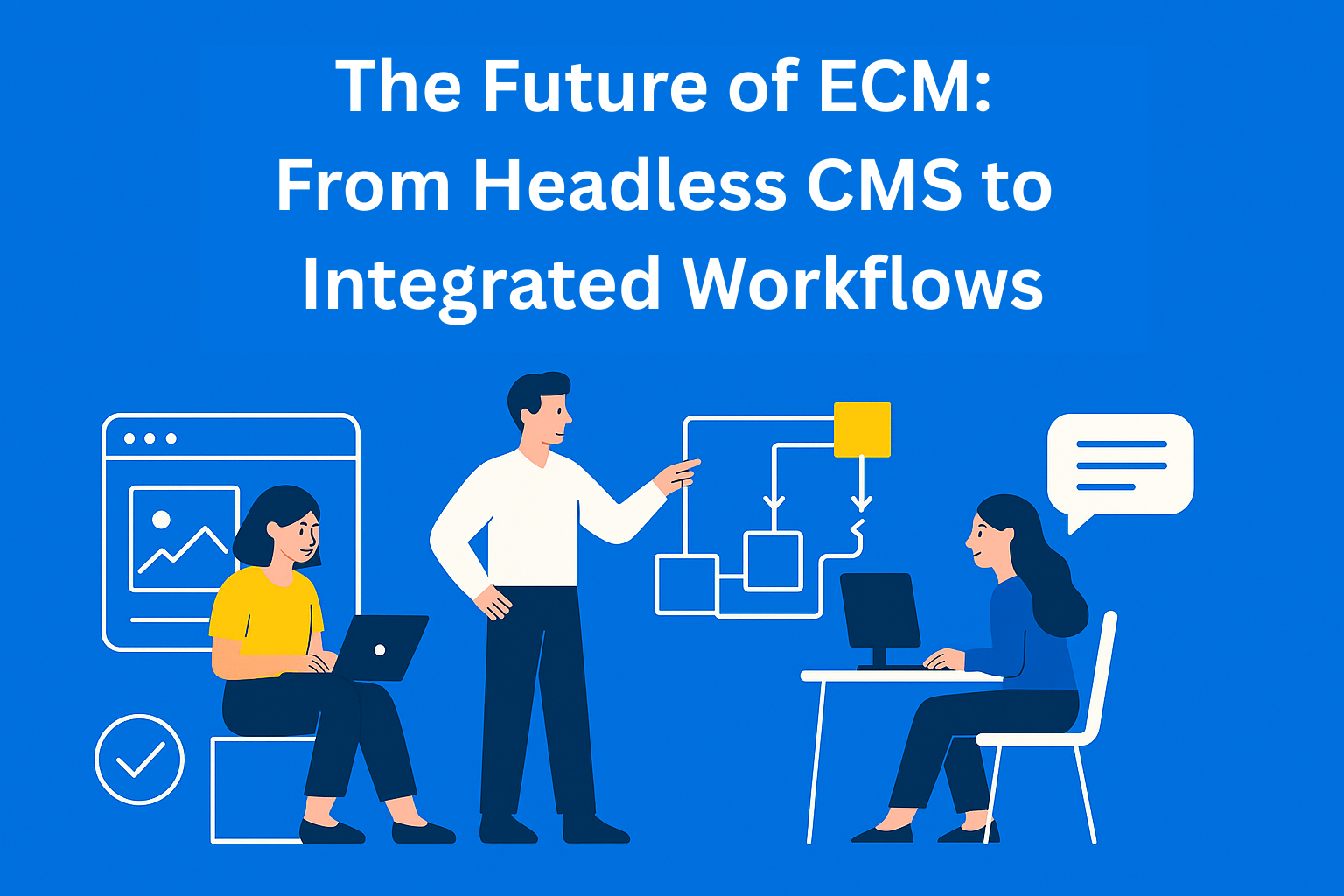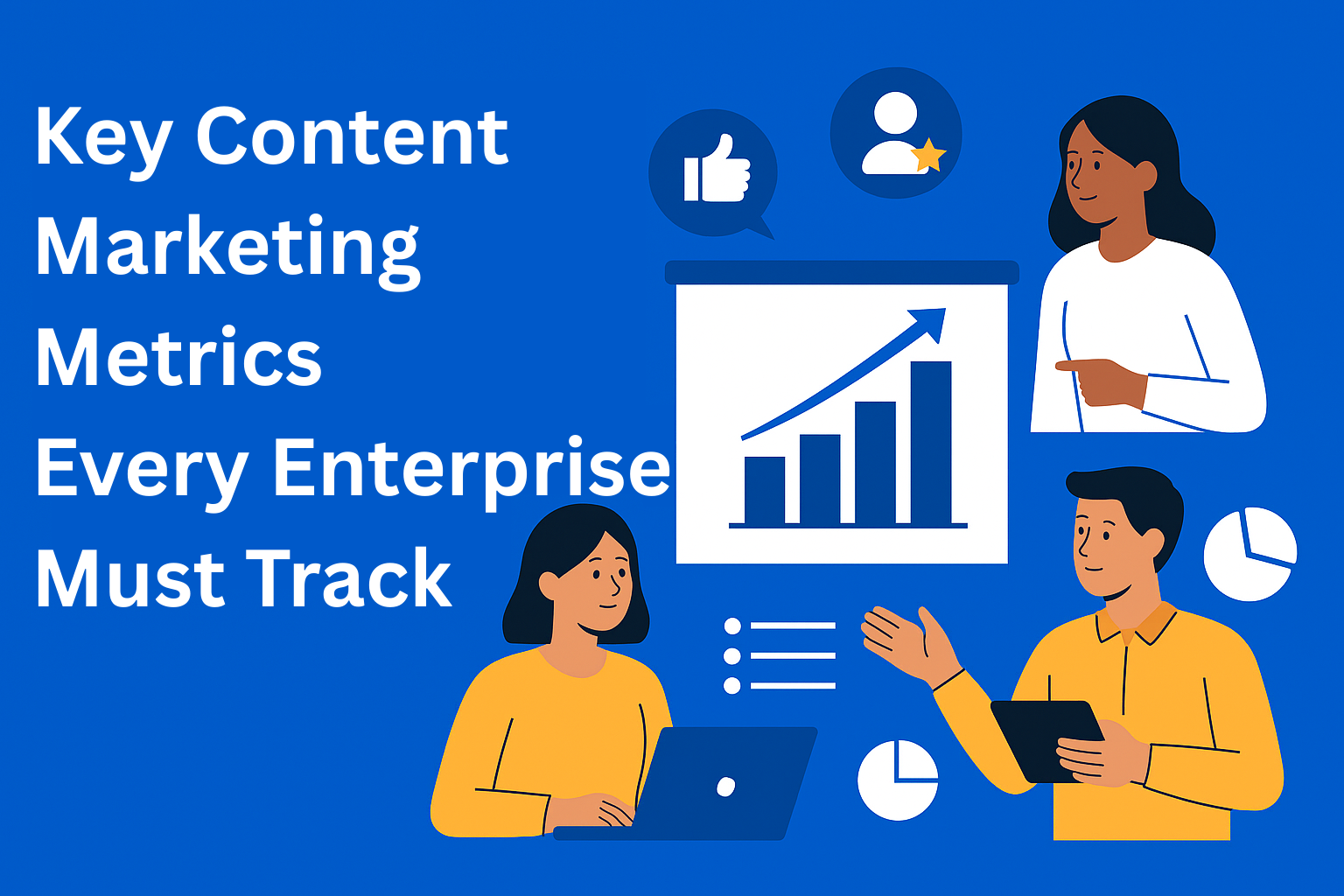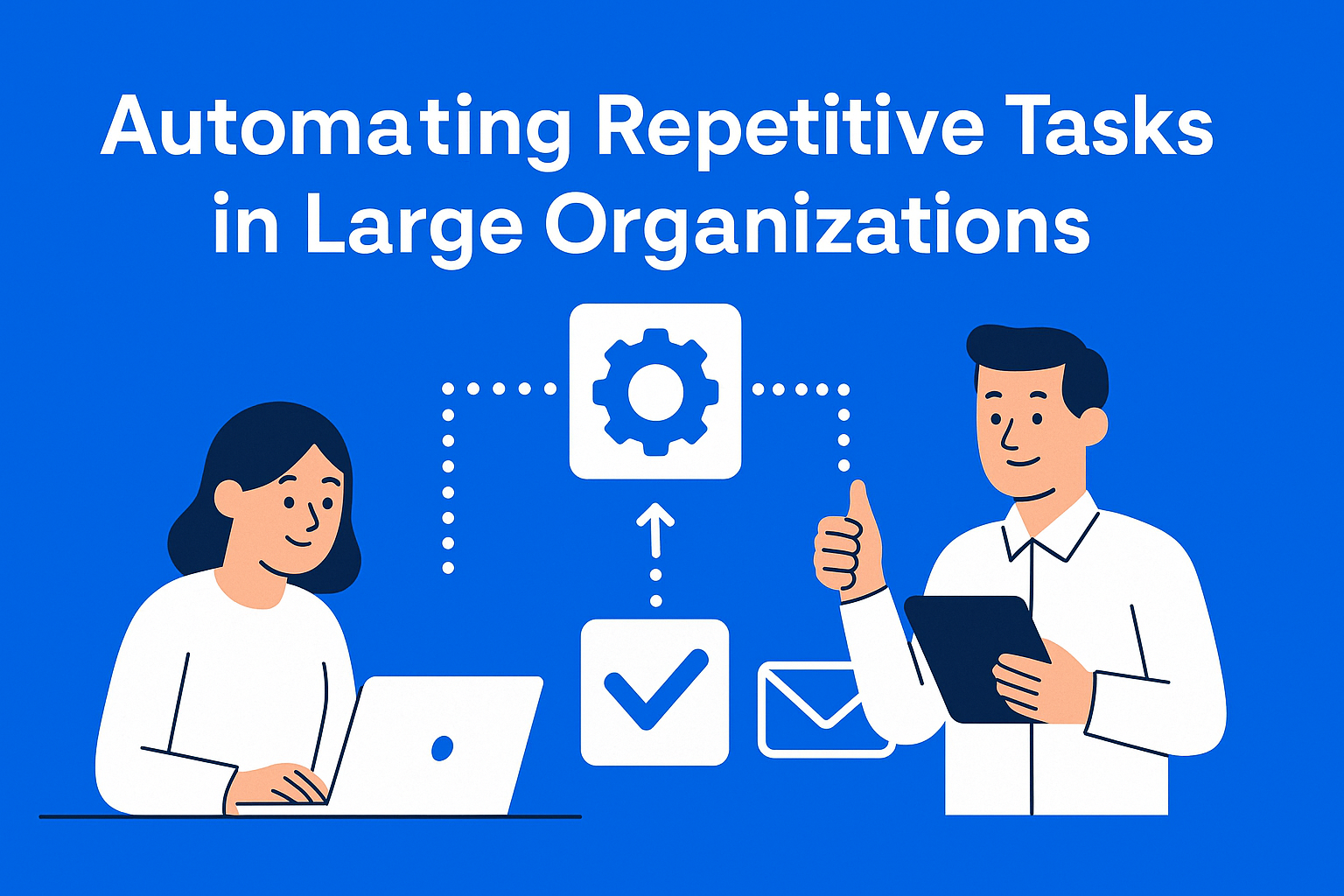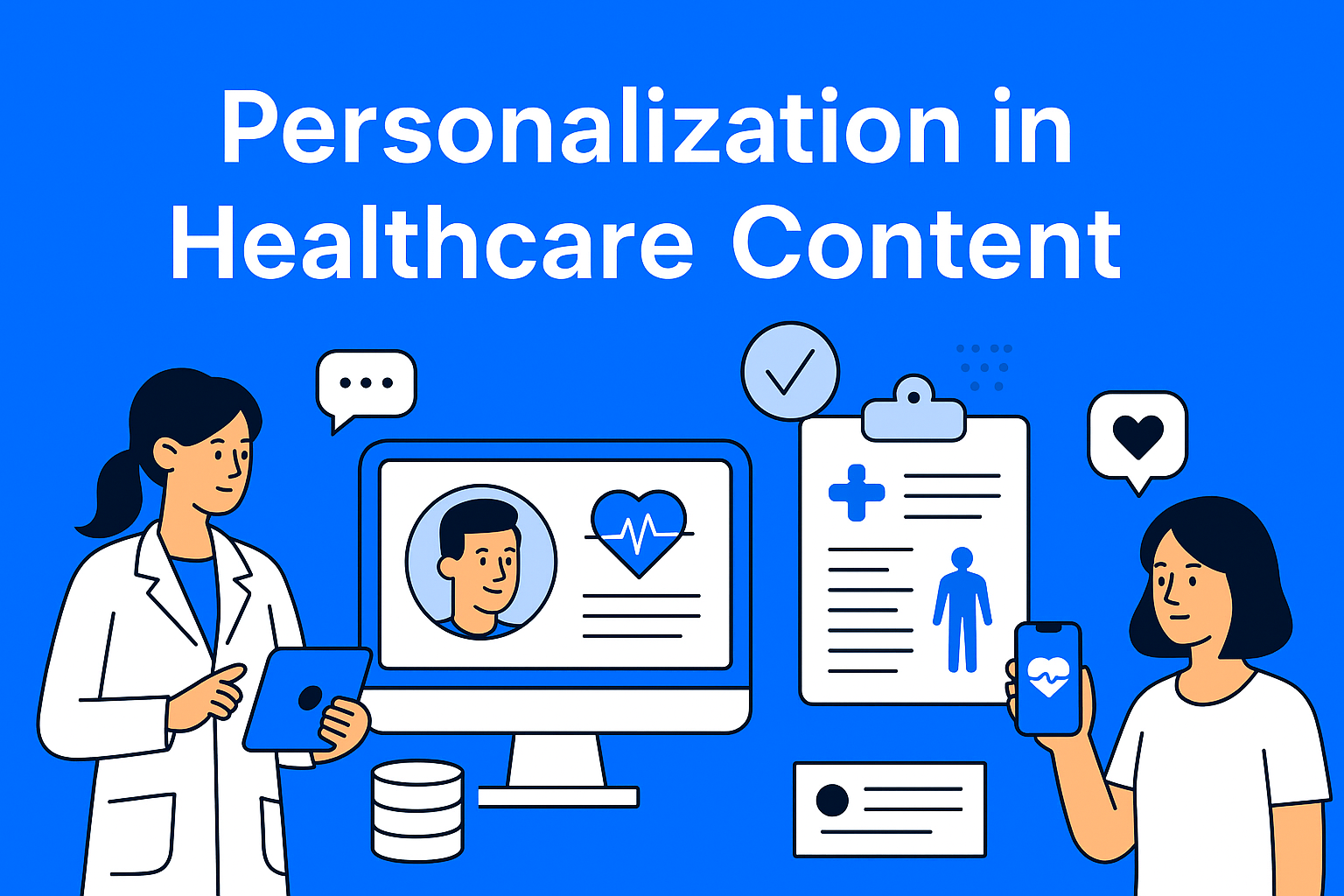AI in Public Sector Marketing: Enhancing Citizen Engagement with Chatbots & More
Discover how AI in public sector marketing transforms citizen engagement. From chatbots to predictive analytics, learn how governments use AI to improve transparency, efficiency, and provide faster, smarter services to citizens.
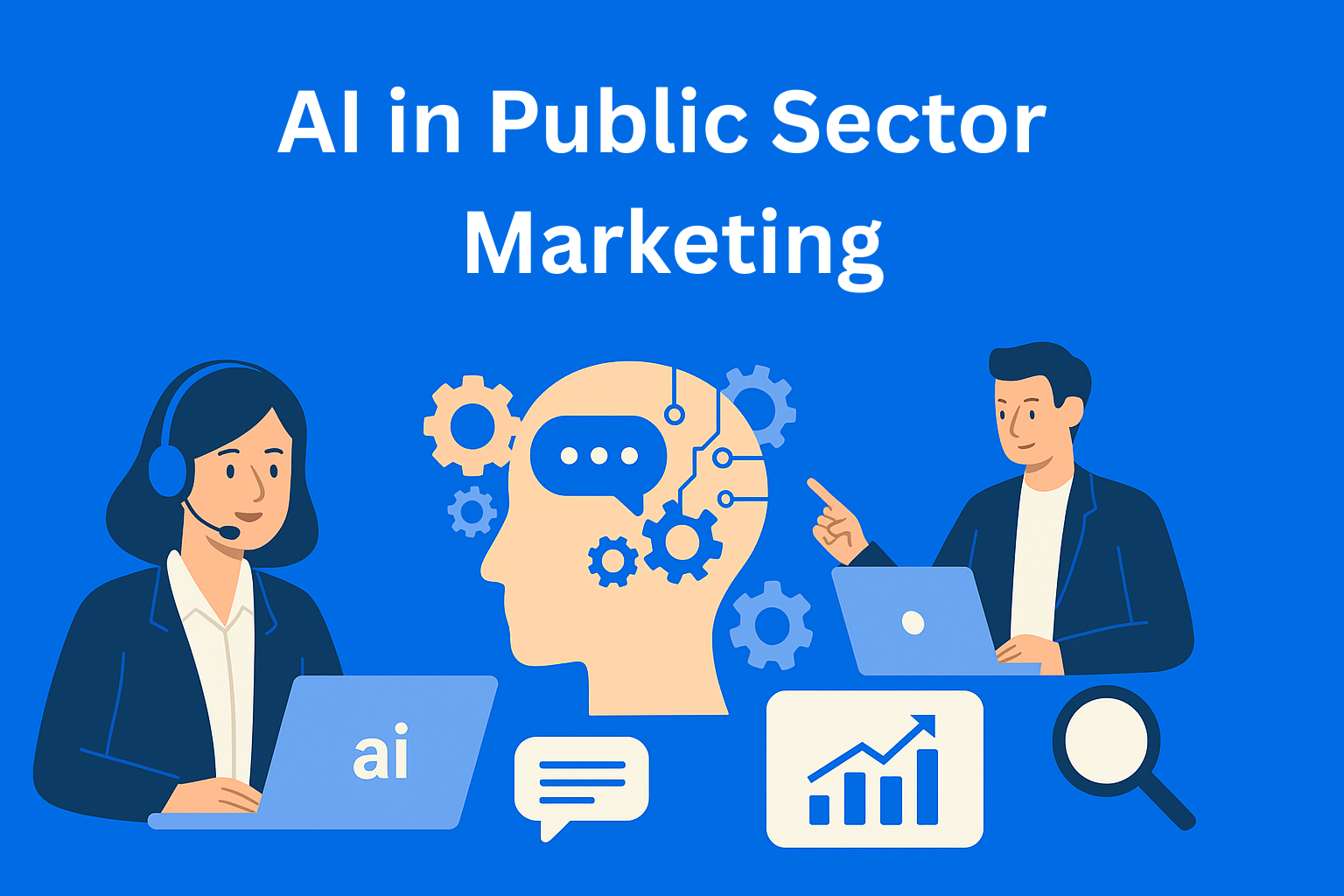
Imagine you need to solve a problem in your municipality - for example, you need information about passport documents or how to report a broken streetlight. In the past, this meant waiting in line, making phone calls, and dealing with lots of paperwork. Today, thanks to AI, things look completely different. Public institutions are beginning to use modern tools, like chatbots, to communicate with citizens more quickly and efficiently. This is the essence of AI in public sector marketing - bringing information and services closer to citizens in a way that is fast, simple, and easy to understand.
In this text, we will explain how AI helps government institutions become more open and accessible, what benefits chatbot technology brings, and what else AI can do to improve communication between citizens and the public sector.
Key Takeaways
- AI transforms public sector communication - smart tools like chatbots help deliver faster, clearer, and more accessible services to citizens.
- Chatbots offer 24/7 support - they handle routine questions, reduce call center loads, and save time for both institutions and citizens.
- Beyond chatbots: AI brings predictive insights - with sentiment analysis, automated content, and social listening, institutions understand public needs better.
- AI improves transparency and trust - faster responses and personalized experiences build stronger relationships between citizens and government.
- Key challenges remain - ethical AI use, data privacy, digital literacy, and budget planning are crucial for long-term success.
- The future is “smart government” – blending human expertise with AI technologies will define the next generation of public service.
The Role of AI in Public Sector Marketing
AI in public sector marketing means using smart technologies to better understand citizens and their needs. If we look at how private companies operate, they use AI to predict what customers will want, when is the best time to send them an offer, and how to provide the best experience. The same principle is now entering government institutions.
For example, local governments can use data analytics to see what interests citizens the most - whether it is information about taxes, healthcare, or education. Based on that data, they can create personalized campaigns, just like brands do in commercial marketing. This approach makes public administration more accessible and closer to citizens, because instead of complicated bureaucratic processes, people get clear and fast answers.
Chatbots as Frontline Citizen Engagement Tools
Chatbots are one of the most visible examples of using AI in the public sector. These are virtual assistants that communicate with citizens through messages, just like when you text someone on Viber or Messenger. The difference is that a chatbot works 24 hours a day and can respond to thousands of questions at the same time.
Imagine this - you want to check if your ID has expired. Instead of waiting for someone from the call center to answer, you simply ask the chatbot on the municipality’s website and get the right answer in a few seconds. Or maybe you want to book an appointment at a government office - the chatbot guides you step by step and saves you time and stress.
The advantages of such solutions are huge: they reduce costs for institutions, provide information 24/7, and make things easier for citizens. That is why chatbots have become a key part of AI in public sector marketing.
Beyond Chatbots: Other AI Tools in Public Sector Marketing
Although chatbots are the most well-known, AI in the public sector offers much more than that. Here are a few examples:
- Predictive Analytics - by using past data, institutions can predict which services citizens will need the most in the future. For example, if it is known that the number of passport requests rises in summer, the system can prepare additional resources in advance.
- Sentiment Analysis - AI can analyze citizens’ comments on social media and determine their mood. If most citizens are dissatisfied with a particular service, it is a clear signal that the institution needs to make changes.
- Automated Content Creation - generating simple announcements and information with the help of AI tools, which speeds up the information process.
- AI-powered Social Listening - monitoring topics and trends that citizens talk about online. Based on this, institutions can better plan campaigns and communication.
All these technologies contribute to better understanding and more efficient communication with citizens.
Benefits of AI for Citizen Engagement
The use of AI in the public sector brings a number of benefits that directly affect citizens:
- Greater transparency and trust: when institutions communicate more quickly and clearly, citizens feel included and know their problems are not being ignored.
- Quick response to problems: a chatbot or AI system can immediately report a malfunction or problem to the authorities.
- Personalized experience: each citizen can get answers and information specific to their needs, instead of generic messages.
- Reduced administrative burden: employees can focus on more complex tasks, while AI handles routine questions.
All this makes the public sector more modern and brings it closer to the standards that citizens already expect from private companies.
Challenges & Considerations
Of course, the use of AI in public sector marketing is not without challenges. The biggest challenges include:
- Data privacy: citizens must be sure that their personal data is protected and that AI does not misuse the information.
- Digital literacy: not all citizens are equally skilled in using technology, so it is important that systems are as simple as possible.
- Ethics and trust: people want to know that decisions are not made by a “machine” alone, but that humans are still at the center of the process.
- Budget constraints: investing in AI tools can be expensive, but in the long run, it pays off because it reduces costs and increases efficiency.
The public sector must carefully plan how it introduces AI and always keep citizens at the center.
Future Outlook
The future of AI in the public sector looks promising. The development of GenAI technology will allow even more natural communication with citizens. Imagine being able to talk to a virtual assistant in your municipality using your voice, just like you talk to a friend. It may sound a little intimidating, but it is useful at the same time.
AI can also contribute to greater citizen participation in decision-making. For example, by analyzing a large number of comments and suggestions, institutions can more quickly understand what citizens want and include that in their plans.
The vision of “smart government” means exactly this - efficient, transparent, and citizen-friendly administration in which AI plays a key role.
Conclusion
AI in public sector marketing brings a new dimension to communication between institutions and citizens. Chatbots have already shown how much they can help with everyday issues, while other AI technologies offer broader possibilities for analysis, prediction, and service personalization.
The most important thing to emphasize is that AI is not a replacement for humans. It is a tool that can free up employees’ time and provide citizens with better services. The future of the public sector lies in the combination of human expertise and the power of AI technologies. And the question that remains is: will we soon consider virtual assistants as the natural “first contact” when addressing the government ?


